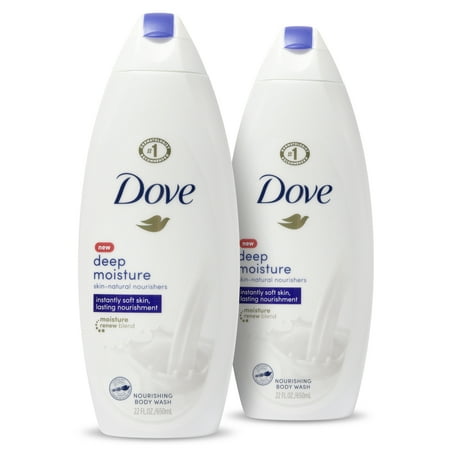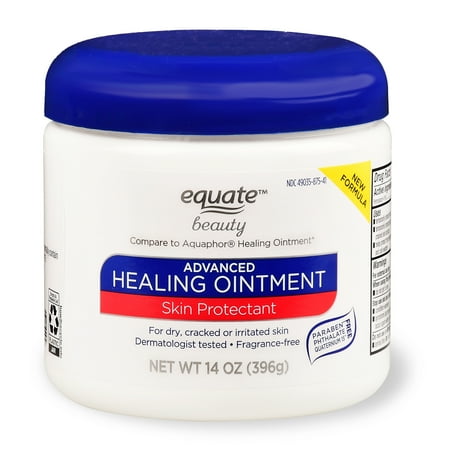Dove Glowing Body Wash Mango Butter and Almond Butter 22 oz
Start each day with Dove Mango + Almond Butter Body Wash Dove girls’s frame wash is particularly designed to create a wealthy lather that moisturizes for radiant skin. It works with skin long when you shower to help repair your skin’s glow.Indulge your senses with the rich, buttery components and mouthwatering perfume ofDove body wash. It helps renew pores and skin’s natural moisture and pampers skin with mango butter and almond butter, leaving it softer and smoother than a bath gel.Dove Mango + Almond Butter Body Wash for women is mainly designed to create a rich lather that moisturizes and allows renew pores and skin’s herbal moisture. Awaken your senses and start your day with a glow.With obviously derived cleansers and skin-natural nutrients now not located in most body cleaning soap, we care about what goes into our body wash. Dove’s sulfate-free frame wash is #1 dermatologist recommended is also microbiome mild. Dove demonstrates care that goes further with Sulfate loose frame wash that is PETA-licensed cruelty-free and made in 100% recycled bottles.For nice outcomes, simply squeeze a few gentle frame wash onto a bath pouf or your fingers and massage throughout your frame before rinsing thoroughly. Use in your day by day bathe for smooth, clean pores and skin.At Dove, our imaginative and prescient is of a international in which splendor is a supply of self belief, and now not anxiety. So, we are on a undertaking to help the following technology of girls broaden a advantageous dating with the way they look—helping them enhance their shallowness and realise their full capacity.





Dove Glowing Body Wash Mango Butter and Almond Butter 22 ozOut of Hand Soap? Dove Mango Butter and Almond Butter Body Wash is Just As Effective for Cleaning Hands!MOISTURIZES FOR RADIANT SKIN: the sparkling formula in our women’s frame wash works with pores and skin long once you shower to reveal natural radiance and leave you with the all-day refreshing heady scent of mango.INFUSED WITH MANGO BUTTER AND ALMOND BUTTER, Dove’s moisturizing frame wash pampers skin with a wealthy, buttery system and mouthwatering fragrance, leaving it softer and smoother than a bath gel.SULFATE FREE BODY WASH: PETA-licensed cruelty-loose and made in 100% recycled bottles. We care approximately what goes into our frame wash, so you can switch from shower soap to Dove’s paraben loose body wash.PLANT-BASED MOISTURIZER: evidently derived cleansers and skin-natural vitamins no longer found in maximum body cleaning soap. Dove’s creamy frame wash is likewise microbiome gentle, so you may be your stunning self.Dove’s Self-Esteem Project, created from a imaginative and prescient that beauty is a supply of self assurance, has reached over 20 million young humans with shallowness education; collectively we are able to attain 20 million greater.





Reviews
There are no reviews yet.